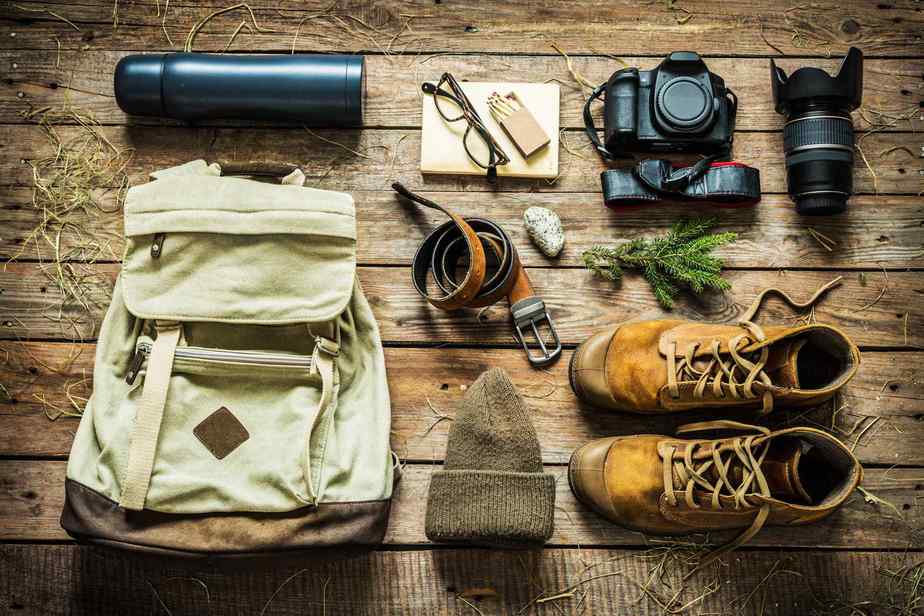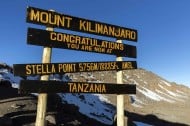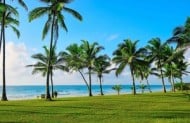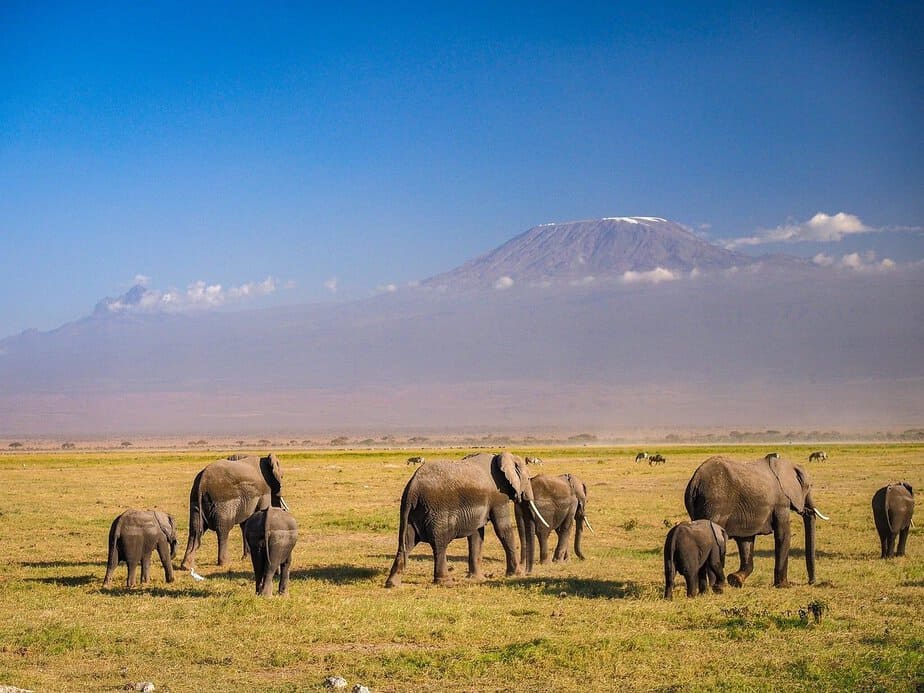
Kenyan Safari Guide 2026
Ultimate Guide to a Kenyan Safari: Best Parks, Big 5 Encounters & Travel Tips (2026)
Introduction
Kenya is the dream safari destination for wildlife lovers, photographers, adventurers, and anyone seeking connection with nature. In 2026, Kenya’s parks are more accessible, conservation-focused, and abundant with wildlife than ever before. With top parks, Big 5 sightings, and practical tips, this ultimate guide helps you plan a safari that ranks high in your memory — and in Google search results.
By the end of this guide, you’ll know which parks to visit, how to maximize your Big 5 encounters, and how to plan logistics like a pro. Let’s dive in.
Why Kenya for Safari in 2026?
- Diverse ecosystems & high wildlife density: Kenya combines savannah, woodland, wetlands, highlands and arid lands, meaning variety in species and scenery.
- Strong conservation momentum: In 2024, Kenya’s top 5 parks attracted over 1.7 million visitors, signaling recovery and growing tourist confidence.
- Better infrastructure & travel options: Many lodges and camps have upgraded access roads, airstrips, and sustainable practices.
- Authenticity plus comfort: You can blend rugged wilderness with luxurious lodges and culturally immersive experiences (e.g. local communities, village visits).
Because of these factors, a Kenyan safari in 2026 offers both real safari adventure and modern convenience.
Top Safari Parks & Reserves to Visit in Kenya
Below are Kenya’s must-visit parks and conservancies for 2026 — each with its unique advantages, especially if you’re chasing the Big 5.
1. Maasai Mara National Reserve
Why visit it:
The Mara is the most iconic safari destination in Kenya. It lies within the greater Serengeti ecosystem, meaning high wildlife densities, spectacular predator-prey interactions, and the Great Wildebeest Migration (July–October).
Wildlife & Big 5:
You will find lions, leopards, elephants, buffalo, and rhinos (especially in the Mara Triangle and private conservancies).
Highlights:
- Hot-air balloon safaris over the plains
- Dramatic river crossings during migration
- Game drives in both morning and late afternoon
- Maasai cultural village visits
Best time: July–October (peak migration) but good year-round for general safari viewing.
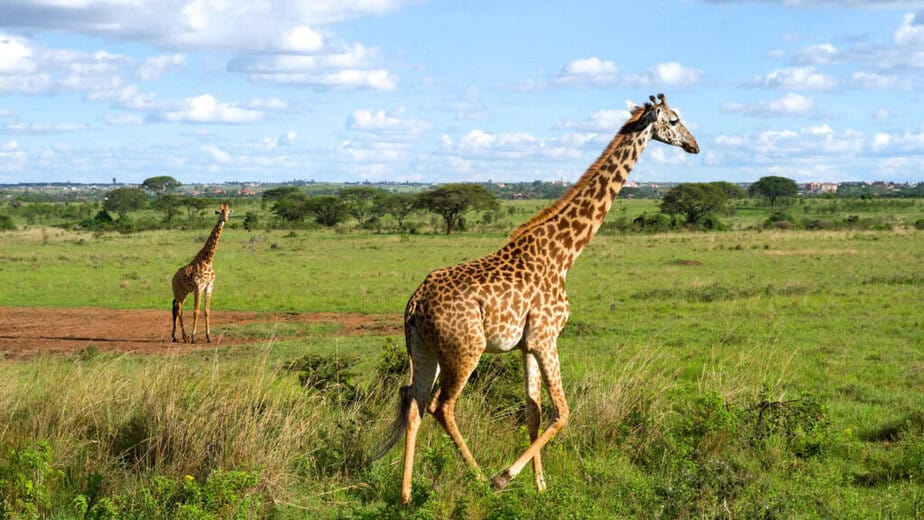
2. Amboseli National Park
Why visit it:
Amboseli is famed for its elephant herds and its backdrop — snow‑capped Mount Kilimanjaro across the border in Tanzania. The light and scenery make it a photographer’s paradise.
Wildlife & Big 5:
Elephants are the star attraction here. Lions, buffalo, and leopards are also seen, though rhinos are absent — you’d need to combine with another park.
Highlights:
- Elephant herds in open terrain
- Early morning light with Kilimanjaro in view
- Swamps that concentrate wildlife during dry season
- Walking safaris, birding
Best time: June–October and December–March for optimal viewing.
3. Tsavo East & Tsavo West National Parks
Why visit them:
These two parks combine into one of Africa’s largest contiguous protected areas. They are more “wild” and see fewer tourists.
Wildlife & Big 5:
All the Big 5 are present, though sightings depend on the area. Tsavo is known for its “red elephants” (covered in red dust) and rugged landscapes.
Highlights:
- Mzima Springs and water sources
- Volcanic lava flows, rugged terrain, waterfalls
- Vast open spaces with fewer vehicles
- Combination of East + West gives you varied scenery
Best time: Dry seasons (June–October, December–March) for better wildlife concentration.
4. Lake Nakuru National Park
Why visit it:
Nakuru is smaller but rich. The park is famous for flamingos (though numbers fluctuate) and is a key refuge for both black and white rhinos.
Wildlife & Big 5:
You’ll commonly see rhinos, lions, leopards, and buffalos. Elephants are not present here, so it’s not a full Big 5 park on its own.
Highlights:
- Acacia woodlands and lake rim drives
- Baboon Cliff viewpoints
- Scenic waterfalls and forest patches
- Birding and scenic beauty
Best time: Dry season (June–October) for rhino movement and visibility.
5. Samburu National Reserve
Why visit it:
Located in northern Kenya, Samburu offers a semi-arid, rugged aesthetic and unique wildlife species not seen in the south.
Wildlife & Big 5:
It has lions, leopards, elephants, buffalo, and rhinos (in some nearby conservancies). Also hosts special species like the Grevy’s zebra, reticulated giraffe, gerenuk.
Highlights:
- Northern Kenya’s atmosphere and landscapes
- Interaction with local Samburu culture
- Camel rides, riverine habitats, and offbeat safaris
Best time: Dry season (June–October).
6. Ol Pejeta Conservancy (Laikipia Region)
Why visit it:
Ol Pejeta is a conservation gem. It’s a private conservancy with strong ethical credentials and is one of the last places where you can see both black and white rhinos, and even the remaining northern white rhinos.
Wildlife & Big 5:
All members of the Big 5 are present here. In addition, Ol Pejeta houses chimpanzee sanctuaries and other prime species.
Highlights:
- Low-traffic, premium wildlife experience
- Conservation-centered visits, behind-the-scenes interactions
- Walking safaris, night drives, and unique wildlife encounters
Best time: Year-round, but dry season gives better visibility.
How to Maximize Big 5 Sightings
Seeing all five (lion, elephant, buffalo, leopard, rhino) in one trip is the holy grail of safari planning. Here are tips to increase your odds:
- Blend multiple parks: No single park guarantees all five, so combine places like Maasai Mara + Lake Nakuru or Ol Pejeta.
- Stay multiple nights: 5–10 nights gives time buffer for unpredictable sightings.
- Go with good guides: Experienced local guides know where to find elusive animals.
- Vary your drive times: Wildlife is most active around dawn and dusk.
- Be patient and strategic: Don’t rush from place to place; sometimes the best sightings come during quiet waiting.
Best Seasons & When to Go
| Season / Months | Advantages | What to Watch Out For |
|---|---|---|
| Dry season (June – October) | Best overall visibility, fewer watering holes mean more concentrated wildlife, and the Great Migration peaks in Mara. | Parks may be crowded; book well in advance |
| Short dry season (Dec – Mar) | Good for southern parks; births and predator activity are common. | Some northern parks may be hotter or drier |
| Green / wet season (April – June) | Beautiful landscapes, fewer tourists, lower costs. | Rain may affect road access and game driving |
Tip: For 2026, booking 6–12 months ahead is ideal, especially for prime season (July–October).
Logistics & Practical Tips
Visa & Entry Requirements
- Get an eVisa before arrival—Kenya allows many nationalities to apply online.
- Some parks require additional permits.
Health & Vaccinations
- Yellow fever vaccination is often required.
- Malaria prophylaxis recommended in many regions.
- Routine vaccines: tetanus, typhoid, hepatitis A/B.
Packing Essentials
- Neutral, earth-toned clothing
- Sturdy walking shoes
- Binoculars & camera with telephoto lens
- Sun protection: hat, sunglasses, sunscreen
- Insect repellent
- Light rain jacket
- Quick-dry clothing and layers
How to Travel Between Parks
- Fly-in safaris: Faster—many parks have small airstrips.
- Road safaris: Scenic and more affordable, but depends on road conditions.
- Use local operators who know optimal routes and time-saving shortcuts.
Accommodation Choices
- From ultra-luxury tented camps (e.g. Angama Mara) to mid-range lodges and mobile camps.
- Stay inside or on the edge of parks to minimize transit time and maximize game drive time.
- New standout: Angama Amboseli, a luxury camp opened in 2023 within Kimana Sanctuary, offering exclusive wildlife views and conservation engagement.
Numbers, Permits & Fees
- Park entry fees vary per park and per nationality (higher for non-residents).
- Vehicle, guide, and optional activity fees are usually separate.
- Always confirm rates for 2026, as they may change.
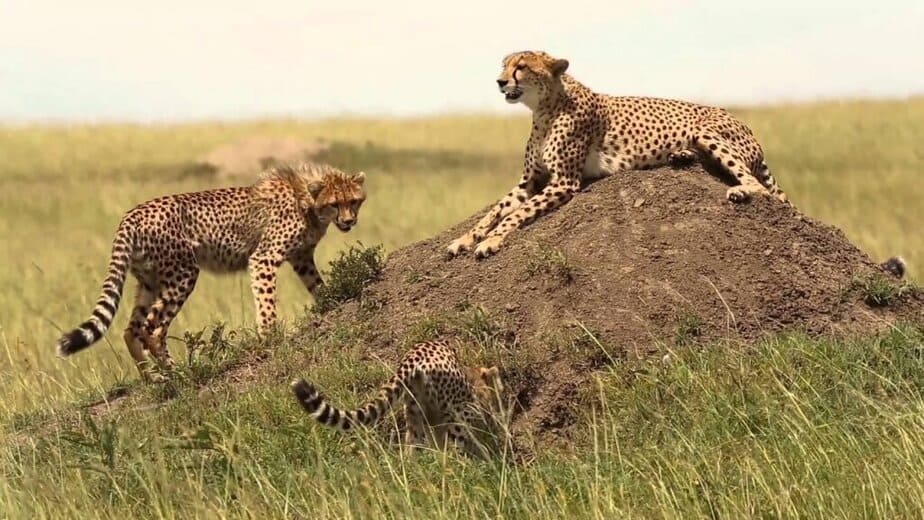
Sample 8–10 Day Kenya Safari Itinerary
Here’s a balanced itinerary combining key parks and good chances for the Big 5:
- Day 1: Arrive in Nairobi, overnight rest
- Day 2: Drive to Tsavo West, evening game drive
- Day 3: Full day in Tsavo National Park
- Day 4: Transfer to Amboseli
- Day 5: Game drives in Amboseli
- Day 6: Move toward Lake Nakuru, afternoon drive
- Day 7: Morning in Nakuru, then on to Maasai Mara
- Day 8–9: Full days in Mara (migration / Big 5 focus)
- Day 10: Return to Nairobi or depart
You can tailor this by replacing Tsavo with Ol Pejeta or Samburu depending on lodging preferences and wildlife priorities.
Why Book with Us (Your Safari Partner)
- Local expertise & relationships: We partner with trusted, licensed Kenyan guides and camps.
- Tailored itineraries: We adjust routes, pace, and style to your interest—luxury, family, photography, or conservation.
- Transparent pricing: No hidden fees—what you see is what you pay.
- Conservation & community support: We fund local initiatives, anti-poaching, and community-based tourism.
Ready to book African safari?
Ready to transform your safari dreams into reality? Let us craft a tailor-made 2026 Kenya Safari that checks off your wish list — Big 5, wildlife spectacles, cultural immersion, and luxury or budget options.
👉 Contact our Safari Experts now for a free consultation and custom quote.
Don’t wait — 2026 spots are filling fast!
Final Thoughts
Kenya packs an unmatched blend of wildlife, scenic beauty, cultural depth, and conservation integrity. With careful planning, you can experience the Big 5, dramatic landscapes, local communities, and enjoy smooth logistics. Use this guide as your blueprint, customize with your interests, and make the most of 2026 — your year to see Africa’s wild heart.
